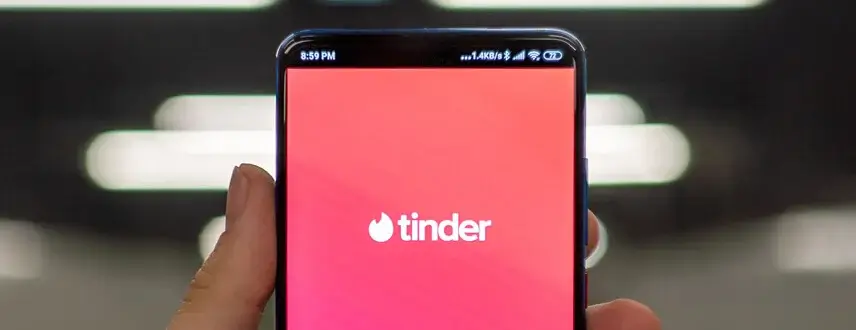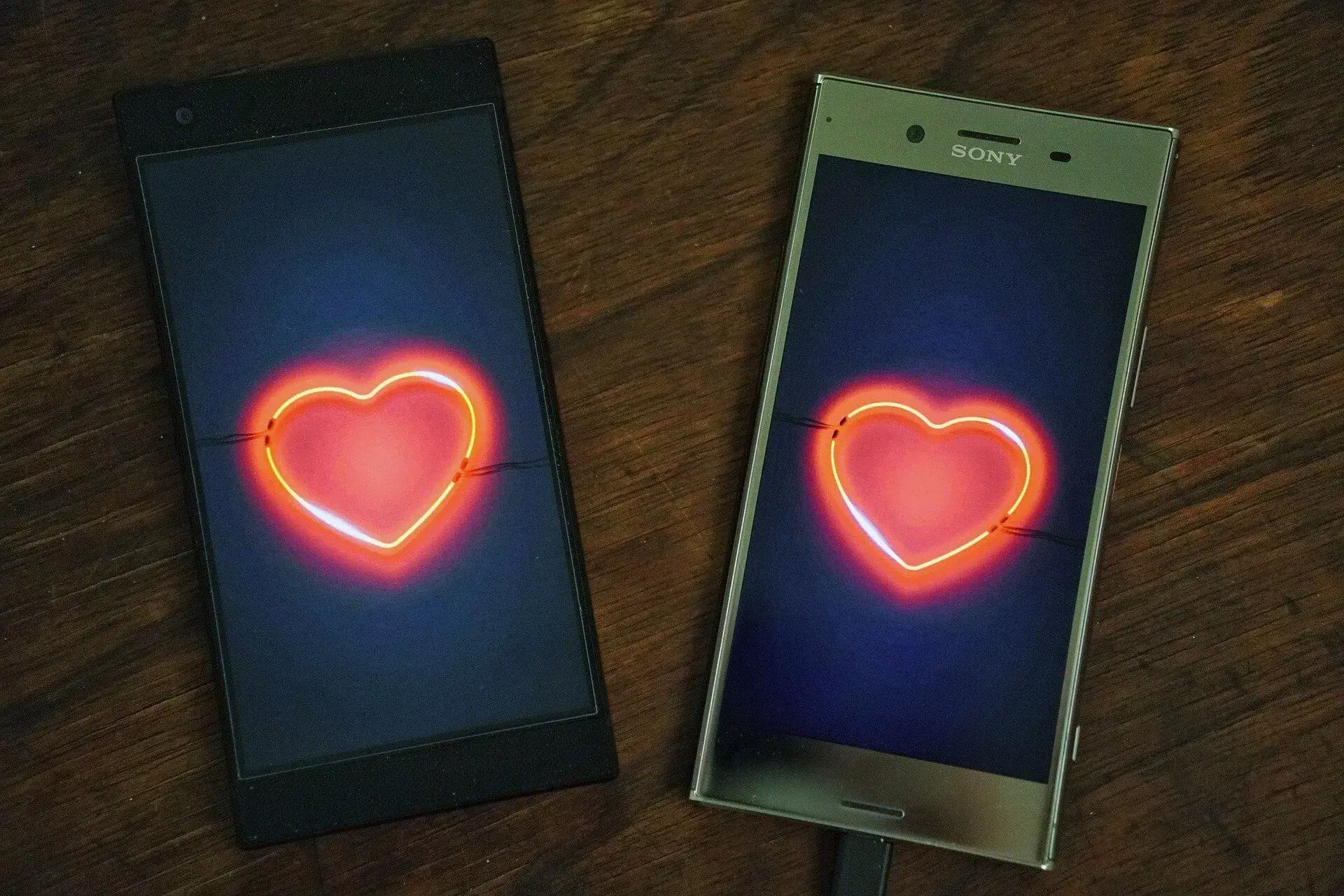The introduction of virtual events
Although pride events could not physically go ahead, they were not completely cancelled. In fact, brands and organisations across the globe embraced the digital world and ensured that complete cancellation was never an option.
A primary example being the multiple organisations – UK Black Pride, Stonewall, ParaPride and Amnesty International – which have joined forces to implement ‘Pride Inside‘. Quite literally, transporting the city-based celebrations directly into our homes.
The event is now underway and will continue up until the 10th of July – bringing the LBGT+ community together with a series of online gigs, panel discussions, parties, workshops and more.
 By
Jonathan Owen
By
Jonathan Owen 
 Travel hacks using dating apps
Travel hacks using dating apps  The Pros and Cons of Digital Dating
The Pros and Cons of Digital Dating  Level up on Black History
Level up on Black History  National Siblings Day: How to Stay Connected
National Siblings Day: How to Stay Connected  How Best to Work From Home
How Best to Work From Home